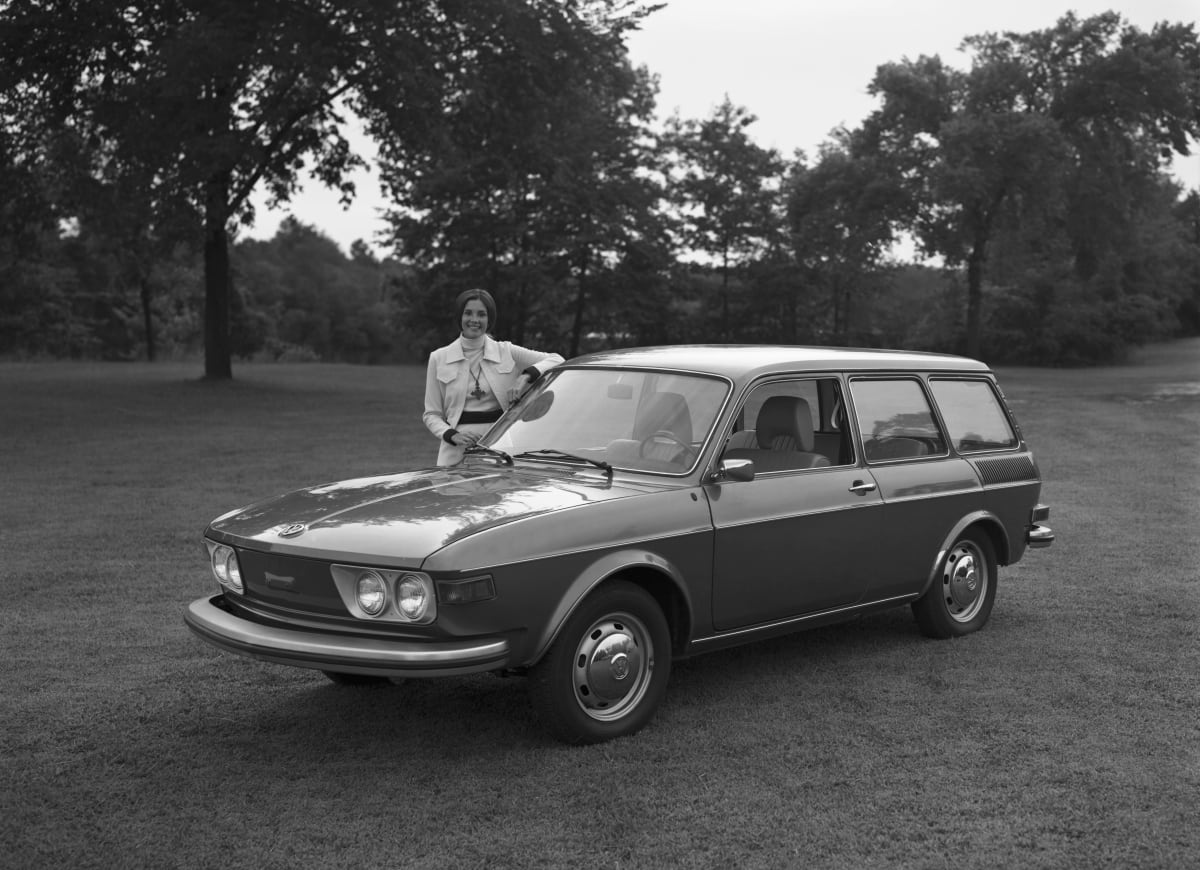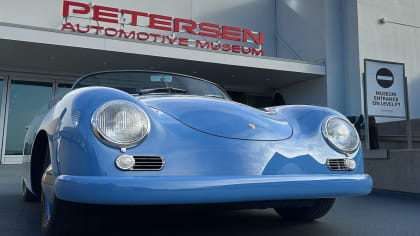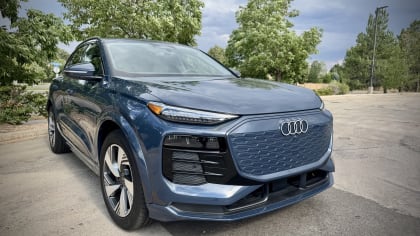#TBT: The Volkswagen Type 4
Published on Thu, Oct 8, 2020
By: The LACar Editorial Staff
The Volkswagen Type 4 debuted in 1968 with a four-door option – a first for VW – as they attempted to attract larger families to their automobiles.
Editor’s Note: #ThrowbackThursday is a weekly release by Volkswagen, which covers historic and intriguing aspects of VW over the years. All content and photos are courtesy of Volkswagen. -CM
_____________________________________________________

In 1968, the iconic Beetle had been selling by the millions every year, establishing Volkswagen as one of the world’s largest exporter of automobiles. Still, continued success demanded an ever-evolving portfolio, with evolutionary adaptations alongside entirely new platforms. VW looked to the future with the Type 4 (better known as the 411)—a car sprung from the Beetle platform but larger, to better suit families around the world.
Production started in September of 1968, with the 411 offered as a two-door or, in a first for Volkswagen, four-door sedan. In all cases, the 411’s unibody construction was a first for Volkswagen, offering an independent suspension with struts at the front with trailing wishbones and a swing axle in the rear. The 411’s uncommon powertrain layout was borrowed from the Beetle: a rear-mounted horizontally-opposed flat-four engine with twin-carburetors was enlarged to 1679cc, producing 76 horsepower at 5,000 rpm and 93 lb-ft of torque at 3,300 rpm, paired to either a four-speed manual or three-speed automatic transmission.

The Type 4 was introduced to the world with a publicity campaign focusing on the vehicle’s size and features. One of the first ads for the car, in bold letters up top, announced "Der Grosße aus Wolfsburg” (the big one from Wolfsburg), with another proclaiming “some things are quite simply the best.” Sales brochures emphasized this idea, highlighting upscale features like draft-free air circulation, a thermostat-controlled auxiliary heat system, and six-way adjustable front seats that were able to fully recline. Built with safety in mind, the 411 had front and rear crumple zones, a padded instrument panel, a collapsible steering column and steering wheel with padded spokes. Brochures touted the 411’s suspension as being similar to that of the Porsche 911, but with a focus on stability rather than speed.
While the 411 shared much of its DNA with the Beetle, it didn’t benefit from that car’s iconic place in pop-culture or its beloved aesthetic. Initial sales were slow; with production beginning late in 1968, just over 20,000 were sold. More than 48,000 411s were produced in 1969, and a three-door wagon was added to the lineup, but the numbers were still a drop in the bucket compared to the Beetle, which was still being produced at the staggering rate of over one million per year.

In 1970, the introduction of Volkswagen’s K70—precursor to the Passat and other models to follow—ushered in the era of water-cooled, front-engined Volkswagens. The 411 was exported to America the following year, followed by a model refresh in 1972 renamed the 412, and a higher-output engine in 1973, but it never gained traction. Type 4 production never eclipsed 80,000 units, while the K70 was produced in the hundreds of thousands, and the Beetle maintained a brisk 1.2-million-per-year pace. The last 412s were built in 1974 as the Passat, Scirocco, and Golf emerged as the next generation of Volkswagen mainstays.




